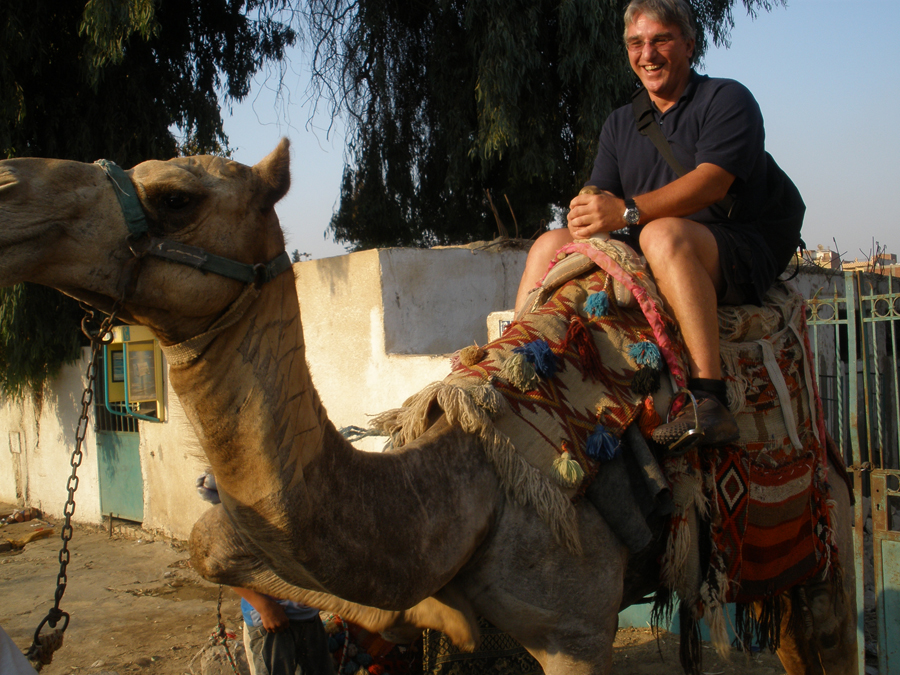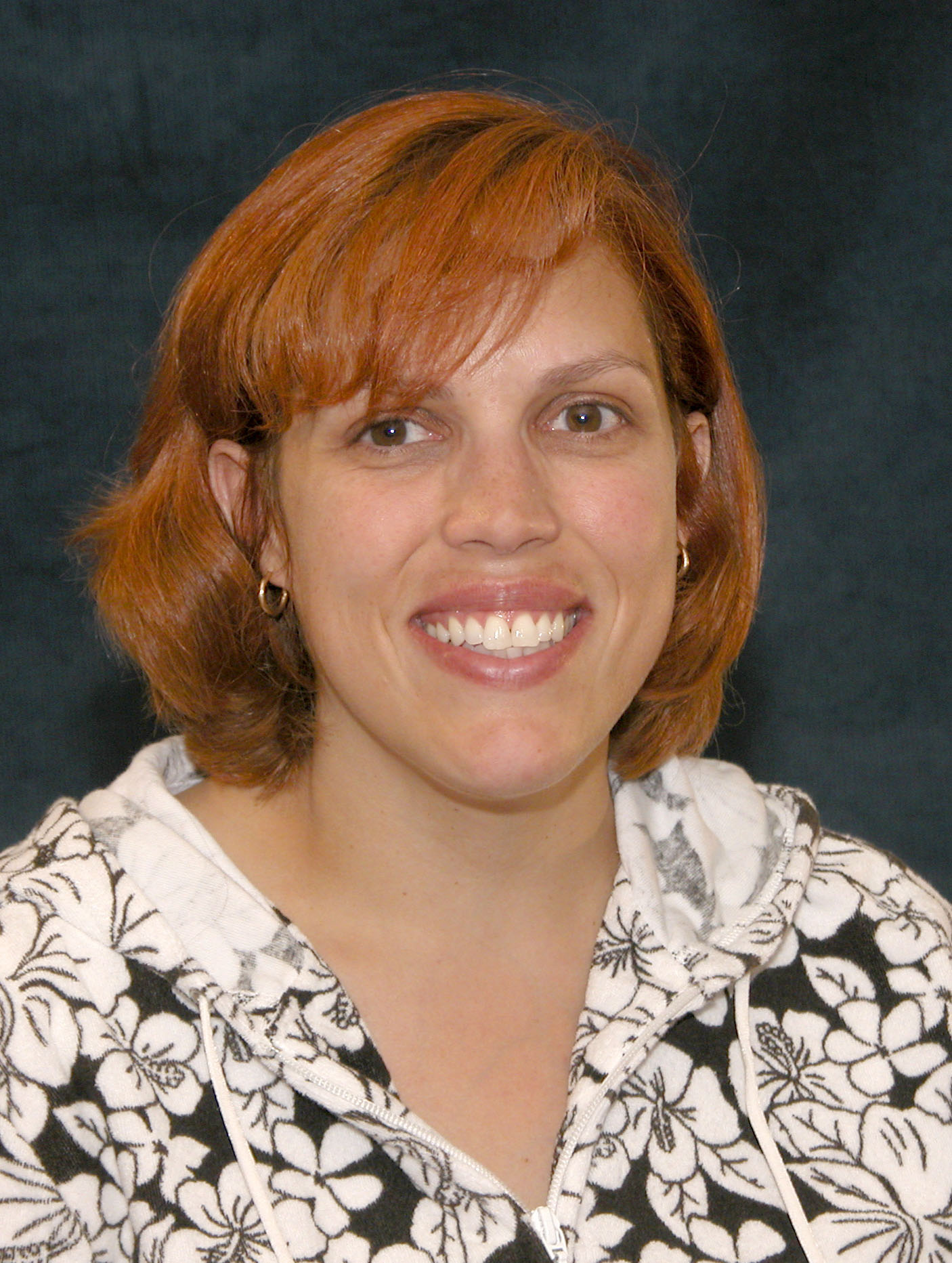Professor Kostas Goulias has been awarded a Lab Fees Research Program grant of $873,430 (January 1, 2009 to December 31, 2011) by the UC Office of Research and Graduate Studies. The grant is funded by a portion of the management fees awarded to the University of California for the management of the Los Alamos National Laboratory (LANL) and the Lawrence Livermore National Laboratory (LLNL). According to its web site, “research funded under this program must be related to the missions of the labs and emphasize collaborations between University faculty, staff and students and the research staff of the labs…The Lab Fees Research Program received 565 proposals comprising approximately $500 million of research averaging $194 million/year…Ultimately, due to limitations in funding, only the top 10% of the requests could be awarded.”
Professor Goulias’ proposal, “Development of Next Generation Agent-based Simulation,” was ranked 1st from a total of 8 in the Social Science and Security Studies panel. $150,000 of the funding will go to LANL where Kostas’ graduate student Kriste Henson will be the lead investigator on the project. Kriste is a staff member in the Decision Applications Division of the Los Alamos National Laboratory, working on a variety of projects including modeling dependencies between infrastructures (including transportation) and bioevent reconstructions. She hopes to complete her PhD in May 2009 and continue to work at LANL.
To quote from Kostas’ Project Description, “In this project we continue implementing the strategic plan between UCSB and LANL to address major national issues that include homeland security, disaster management, and estimation of anthropogenic greenhouse gas (GHG) emissions. Our focus is on spatial and temporal simulation of every day life and development of techniques to simulate large geographic regions by synthetically generating an area’s population along with their activities and travel. This core modeling and simulation is the base information used to identify critical infrastructure to protect, provides estimates of population to evacuate in case of disasters, and is used to estimate GHG emissions from mobile sources. Key innovation here is the creation of realistic agents using observed and reported data from persons and their households, including a variety of time use, activity participation, and travel surveys combined with large databases available from public agencies and private companies. Also key is the inclusion of weekly rhythms in the life of people, their interactions with other people within their strongest and most influential social network (i.e., the household), and people’s complex interactions with the built environment. In this project, different modeling techniques will be developed, tested, evaluated, and implemented to demonstrate them in applications. This project will generate a base suite of tested models, provide core information for many new research proposals, strengthen the GeoTrans laboratory at UCSB, and offer unique opportunities for our graduate students as they pursue modeling and simulation careers.”
Kudos to Kostas and Kriste (and the camel)!




